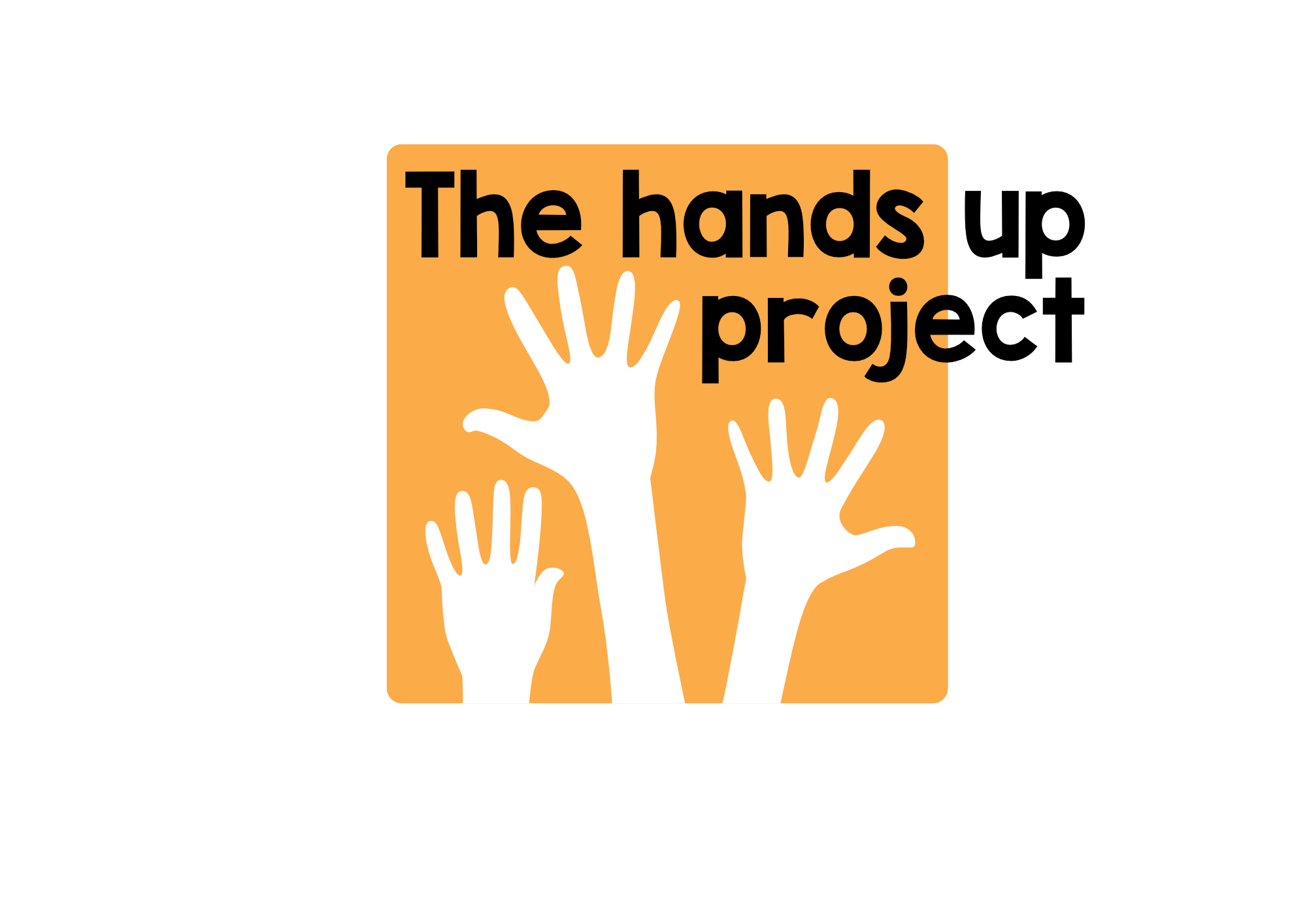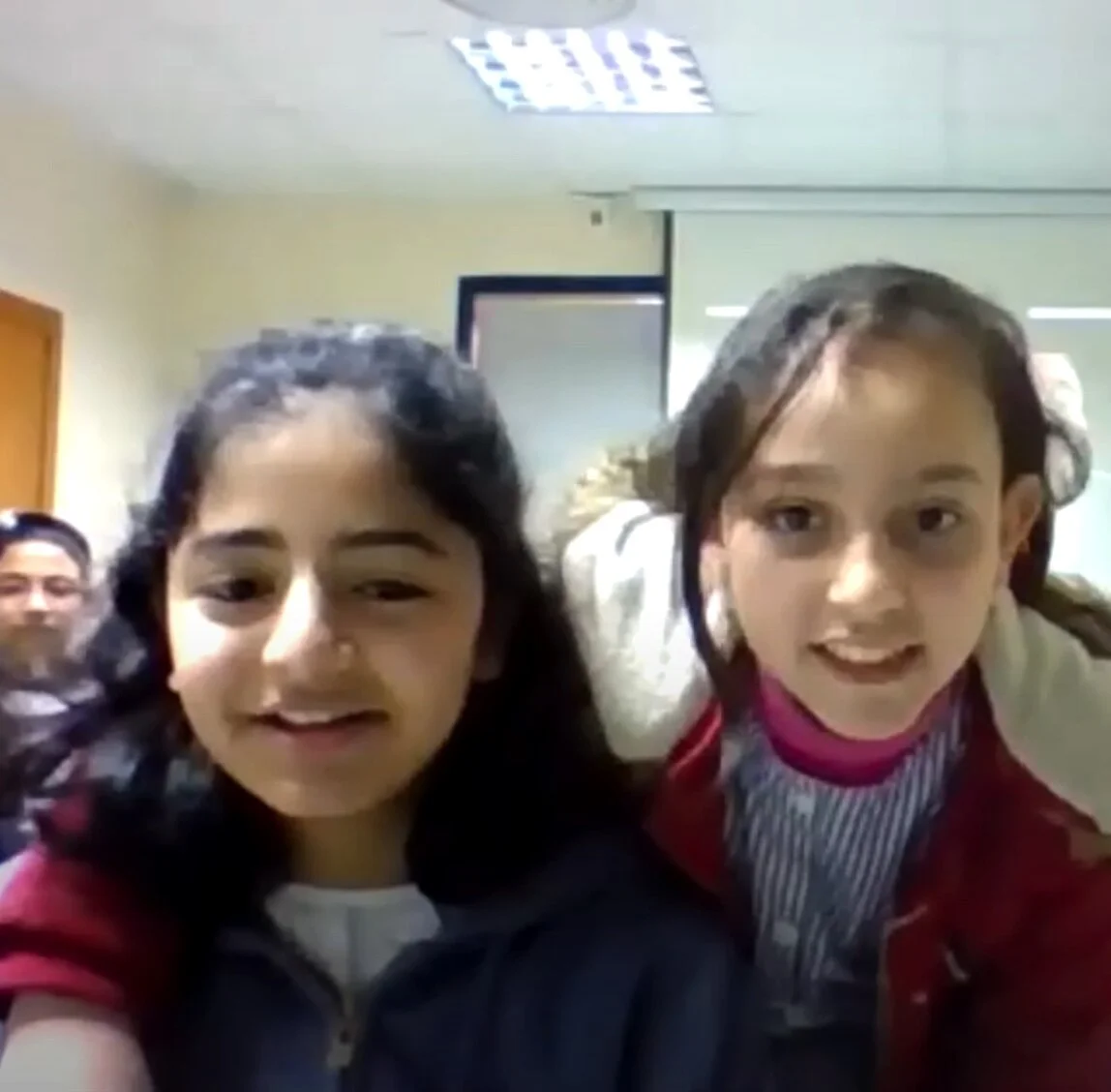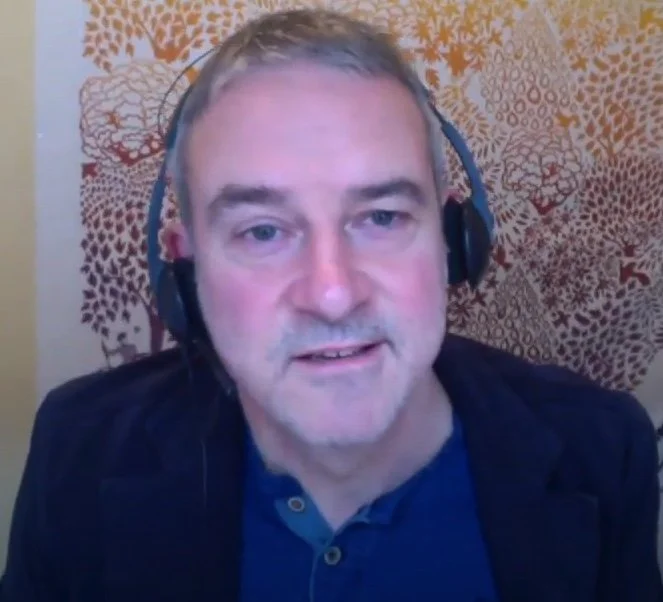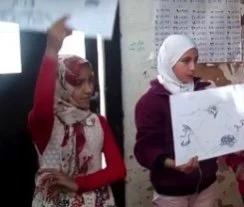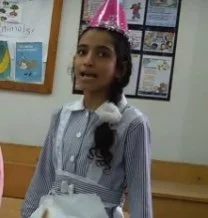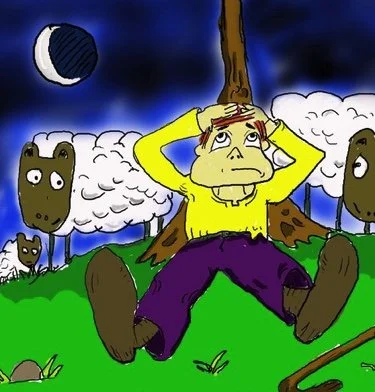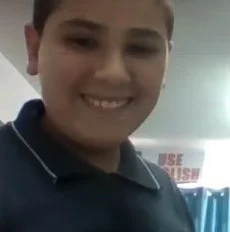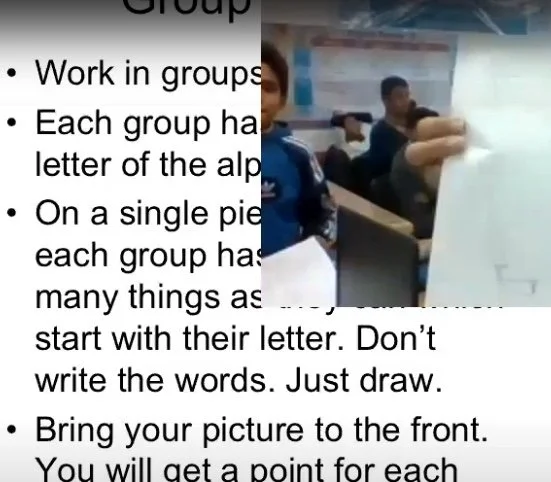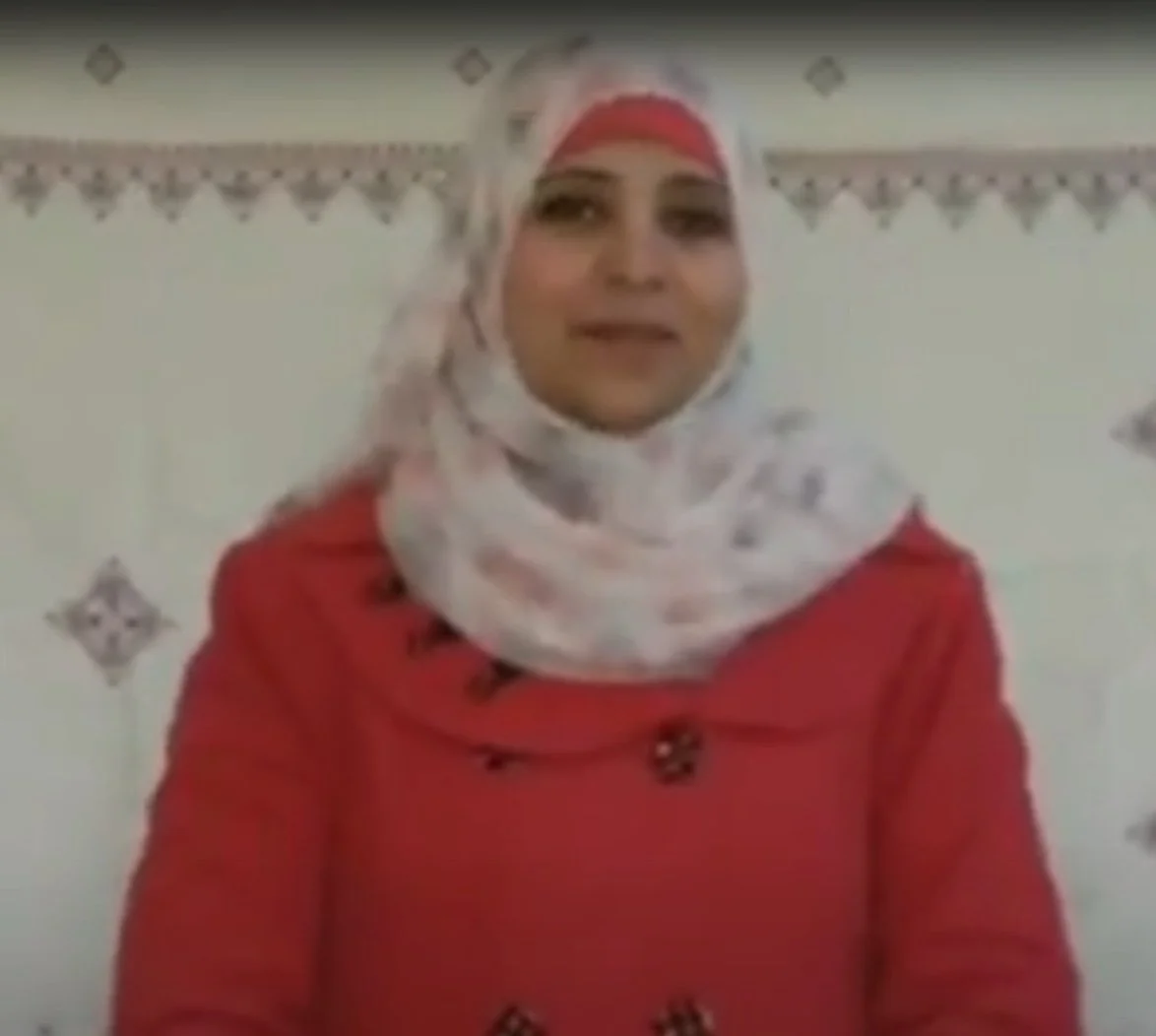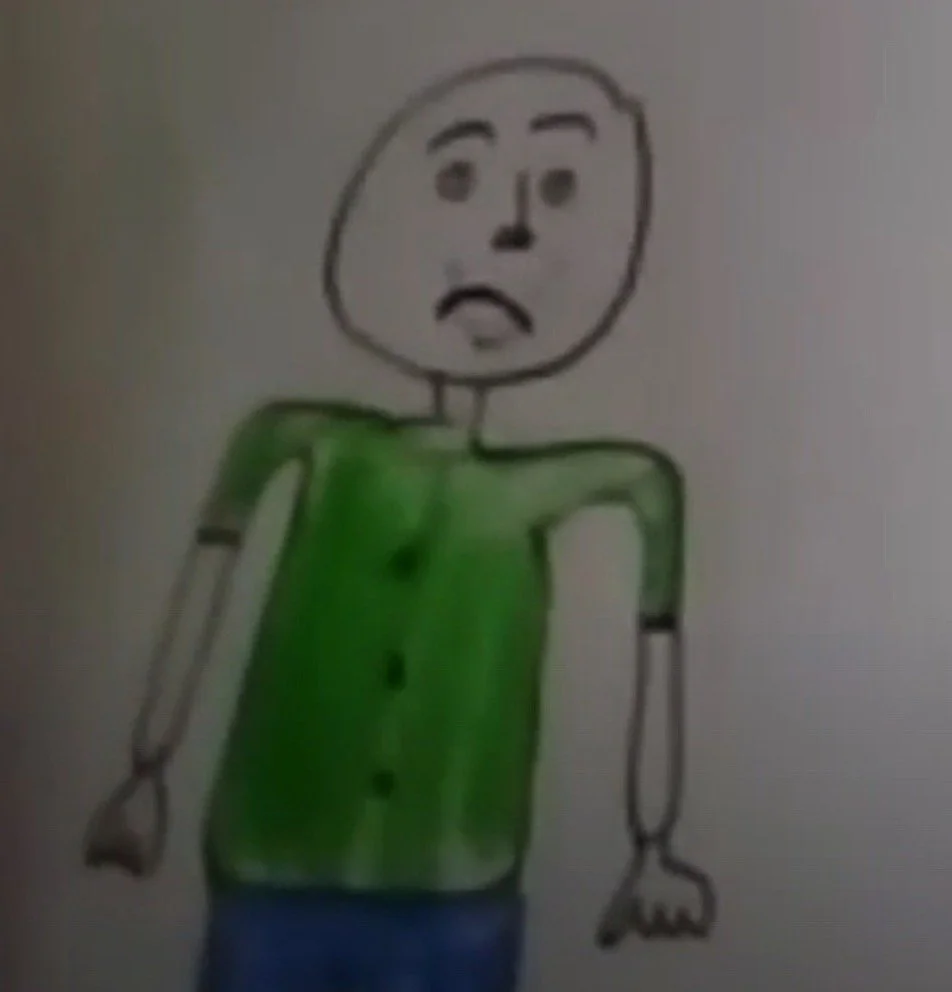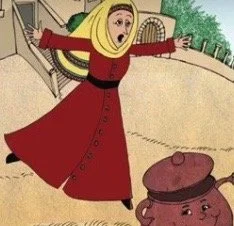Communicating in an additional language can be really hard work. Having a subject that they love - encourages less confident English learners to participate. Stories are great for sparking children’s interest and imagination in science. Stories don’t offer a scientific explanation, but they do have the power to captivate children and inspire them to be curious, to ask questions. Once we have caught their interest - then we can start talking about the science embedded within the story.
Read MoreIf you go to this playlist on youtube you'll find lots of ideas for things that can be done in online sessions with the young people that we serve. But there aren't so many examples there of whole 45 minute or one hour sessions (apart from this brilliant example by Alex and Sahar) Our new volunteers understandably have lots of questions about what a whole session might look like?
Read MoreI've always liked Total Physical Response (TPR) as as an approach to language learning. It's a safe and relatively unchallenging activity for learners, but at the same time it provides them with lots of meaningful and highly memorable language exposure
Read MoreIn 1990, when I first took some training to be a teacher of English as a foreign language, we were strongly encouraged to use the PPP (Presentation, Practice, Production) framework for planning lessons. Here's a reminder of how it works...
Read MoreWe have another guest post this week - this time from not just one teacher but two! Alexandra Guzik, teaches English at the Follow me to English school in Krasnodar, Russia and Sahar Salha teaches at the Elementary co-ed “A” UNRWA school in Beit Hanoun, Gaza. This post is about a really nice cross cultural learning experience that they set up through the Hands Up Project.
Read MoreDespite all the hype about learning styles in recent years, it's a well known fact, backed up by research, that our ability to remember images outperforms our ability to remember other forms of data, such as written words, sounds, or smells. In one study, cited in Medina (2008), people were shown 2500 different images - each one for just 10 seconds.
Read MoreDrilling is often criticised for being an old fashioned, teacher controlled activity with minimal cognitive challenge for learners. But the central idea behind it – that of pushing learners to process and reproduce a stretch of spoken language after a model from a more advanced speaker - can, in my opinion, be a very useful component of good teaching.
Read MoreWhere do ideas for teaching come from? And where, indeed, do they go to? Increasingly I feel that they evolve organically out of classroom practice and out of collaborative dialogue between teachers, and between teachers and learners.
Read MoreEndings are tricky for me. When I get to the end of telling a story, I can feel quite uncomfortable, and I'm never really sure whether to just pause, or to say something like 'And that's the end of the story' or 'And they all lived happily ever after'.When we're using stories for language teaching (or indeed for any other purpose) that could be all that is necessary of course; we could just leave the story to do its work on its own.
Read MoreAs human beings we are programmed to make sense of the world around us through stories. In some format or other, telling or listening to stories is a principle part of the way we interact with others on a daily basis. Because of this, in homes and more formal educational settings alike, stories have been used to teach things to children since the beginnings of human speech, and all of the major religions of the world have used stories and storytelling as a way to put complex ideas into a format which is simple, accessible and inherently memorable.
Read MoreOne thing about chanting is that is encourages use of connected speech: it challenges learners to speak in chunks, rather than in isolated words. This is a central idea of the Lexical Approach. When chanting words flow into each other, and pauses occur naturally between chunks of language, rather than after each word (as often occurs in the speech of beginners).
Read MoreIn the course of my career, I've been lucky enough to observe a vast number of language teachers in many different contexts, and many of the things that I do as a teacher, or teacher trainer, are things that I learnt whilst watching other teachers at work. This week I want to explore a very simple but effective activity for working with young learners, which I first saw when observing Maha Sharba’s class at the Arabic club for kids in London.
Read MoreI've just come back from a very fulfilling week in Occupied Palestine, running a course called, Teaching English through Stories with a group of teachers from Gaza, Hebron and Ramallah.
Read MoreKamishibai, literally ‘paper theatre’, is a form of storytelling that originated in Ancient Japan. It became very popular in the twentieth century when the Kamishibai man would travel around on his bicycle with a set of brightly coloured images to go with each of his stories. As he told the story to groups of eager children, he would show the pictures that went with it, one by one.
Read More